Published James Diekmann on December 10, 2018
I’ll admit it! Sometimes, I worry about having bad breath. Yes – it’s tied to social anxiety, but occasionally I’ll think “Oh man, that dude’s breath smells … wait is that my breath?!”. I know, it’s silly – but experiencing bad breath versus having it are two very different scenarios!
I promise I’m not being sponsored by the dental industry, but mouthwash is a common remedy for hiding bad breath. Now I’m not here to debate if mouthwash *really* works, rather to ask the question (and provide some answers), what is in this stuff that makes bad breath bearable?!
There are a handful of ingredients used in mouthwash, including: water, ethanol, menthol, thymol, and methyl salicylate, with a sprinkle of terpenes giving you that unique flavor profile. So, I did a fun little screening experiment with static headspace – gas chromatography – vacuum ultraviolet spectroscopy (SH-GC-VUV), to identify any interesting volatiles present in mint mouthwashes.
Figure 1 shows GC-VUV chromatograms of four different mouthwashes that are “mint” flavored, including one mouthwash free of ethanol. In general, each mouthwash has a similar profile, but with varying compound intensities. First off, they all have four major ingredients: eucalyptol, menthol, methyl salicylate and thymol (which is no surprise). Digging into the details, some mint mouthwashes have unique compounds like carvone (as shown in the blue chromatogram for generic mint) or beta-caryophyllene (in the green chromatogram for branded mint) and limonene (in the orange/blue/green chromatograms for branded mints). Cool stuff, huh?
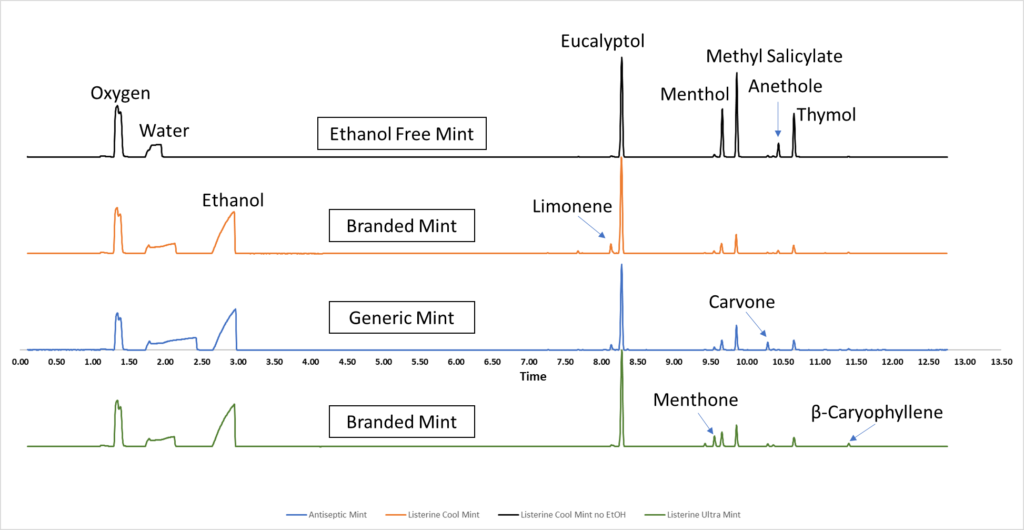
Figure 1. GC-VUV chromatograms of “mint” mouthwashes with major peaks labeled.
If we look at Figure 2, we can visually compare VUV spectra from a variety of compounds present in these mouthwashes. Hopefully, it’s obvious that they look unique from one another, allowing for easy identification!
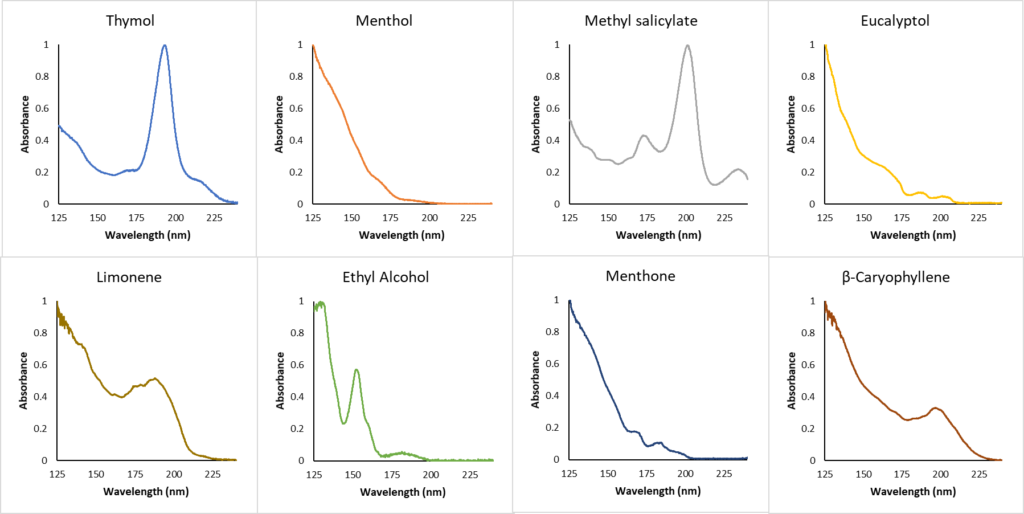
Figure 2. Eight examples of VUV spectra for compounds present in some of the four mint mouthwashes. Each spectrum has an acquired wavelength range of 125-240 nm.
I hope you enjoyed this example of screening a consumer product, such as mouthwash. If you are interested in learning more about terpenes using GC-VUV, check out my pal Alex’s blog post or his webinar.


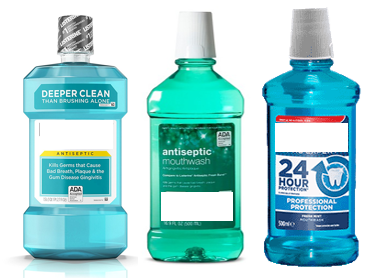
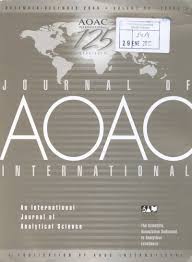
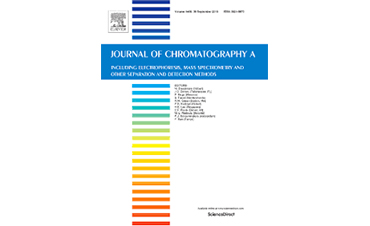





Leave a Reply